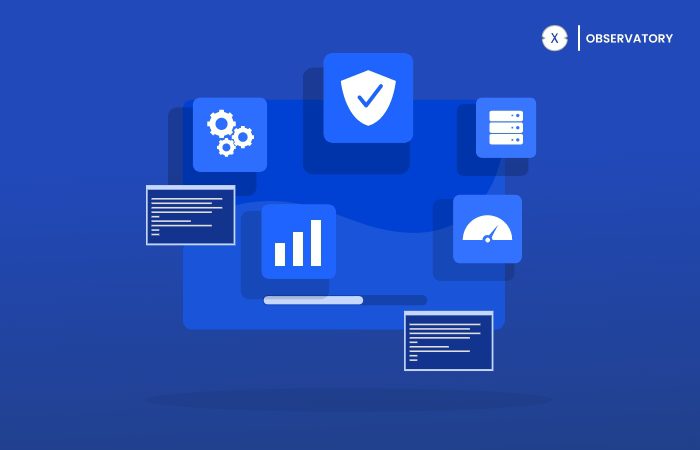In 2021, XDC Network has been the home for many trailblazing efforts and integrations in the global blockchain space, including the first NFT transaction following unique Trade Finance standards. XDC Network has introduced some state-of-the-art innovation and utility, as the ecosystem has worked to build and release blockchain applications designed to simplify blockchain-based processes and improve user experience on the network.
The XDC roadmap shows many of the network’s technology achievements, while the XDC Foundation’s Medium page shares many of the network’s milestones. If one is only beginning to learn about the XDC world, they might be unaware of the wide range of blockchain-based products lined up for release soon and/or some of the developments expected on the XDC Network in 2022. One of the most awaited decentralized applications is the XDC Observatory.
The XDC Observatory is a block explorer for the XDC Network. The Observatory’s core service involves extracting data from the XDC distributed ledger, indexing and displaying the processed data in a concise, user-friendly manner for both the crypto enthusiast, more importantly, the layperson. It is the first step towards mainstream interaction with blockchain networks.
The Observatory will serve as a go-to analytics platform for XDC Network, a search engine for users looking for block generation details, and a customizable way to view and keep track of all transactions executed on the blockchain. However, the key differentiator will be the Observatory’s user interface.
What makes the XDC Observatory Unique?
While traditional block explorers can serve as a primary resource for network users to view transactions, verify contract code, and visualize other network data, they have historically been unimaginative and fairly limited in scope. The XDC Observatory’s user interface offers an easy-to-use package of tools and features, which help populate useful network data in a more accessible manner.
Users will be able to register and create an account on XDC Observatory. Once signed up, users can add addresses to their watchlist and be notified via email of any associated transactions. With a compatible wallet like XDCPay, they can connect to the Observatory, and even send tokens from one account to another. Developers will have access to all the API services necessary to build decentralized applications and serve data feeds to the XDC Observatory to display network information.
With its Observatory, the XDC Network brings a new user experience to the network, emphasizing transparency, accessibility, network credibility – and perhaps most uniquely, personalization of the user experience.
Basic Functions of the XDC Observatory
The most fundamental functions of XDC Observatory include:
Explore XDC addresses
The XDC Observatory allows users to search transaction histories, smart contracts execution and token transfer information. Users are required to paste an address in the search bar, and the Observatory will return all the details, including token balance, the number of transactions, sender’s and receiver’s addresses, and more.
The transaction tab will show all the transactions being executed on-chain. For each transaction, the Observatory will list the TxHash (Transaction Hash or Transaction ID), its block number, the value being transferred, the duration since the transaction was confirmed, the sender and receiver’s details, and the transaction fees. Furthermore, users can save an address and/or specific transaction to their watch list and be notified of any activity.
Check TxHashes
A TxHash is used to track the status of a transaction. When users search for specific transaction details, the Observatory will present the data that will include transaction receipt status – whether the transaction is successful or failed, the block height, the value being transferred, the amount of gas used, and the sender’s and receiver’s address.
Monitor the entire blockchain
XDC Observatory is a reliable resource for live blockchain data. Besides representing all the contracts, tokens, blocks, and transaction details, it monitors the gas price and makes it visible to the users. Users can check the gas price and adjust the gas fee before confirming the transaction.
The data representation on the Observatory is simple and easy to comprehend – including transaction history charts, a token supply table, address growth charts, and network information. With its live graphs, tables and charts, the XDC Observatory is an illustrative tool for all XDC users and stakeholders.
Conclusion
The XDC Observatory is a useful tool for every XDC user to track transactions, check smart contracts, view XRC-20 tokens, monitor the network overall, and stay up-to-date with anything that happens on-chain. Free to use, the Observatory is a feature-rich, personalizable block explorer that presents live data to its users in a way that few explorers can.
XDC Observatory is to-be-released soon.



































